March 5th 2025 10:26:27 AM
Comparing Barcode Label Printers which is Best?
May 14th 2018 15:58:45 PM
As we have discussed in the past, choosing the right barcode label printing solution for your company can be a daunting task. With so many barcode label printing solutions to choose from, how do you know which is best for your company? We know that the selection process can be confusing, so we’ve compiled a list of the most important things for you to know about each type of barcode label printer. Make sure you thoroughly evaluate each solution before you make your investment. Barcode label printers are not cheap, and you want to make sure you’ve chosen the best possible solution for your company.
There are four basic types of barcode label printers: Ink Jet, Dot Matrix, Laser, and Thermal. The barcodes can be printed directly on an item or on an adhesive label (or tag) to be placed on the item. Each barcode printer is unique and is designed for a specific environment. Keep the following information in mind as you go about selecting the perfect barcode label printer for your company.
Ink Jet Printers
An Inkjet printer is typically used in high production settings where barcodes need to be produced and applied at rapid speeds. They only require one step to finish the carton or readable material, while other barcode label printers may require the adhesion of the label to the finished product. Due to its ability to mark items quickly, Ink Jet printers are popular in high production environments.
There are some limitations, however, to this speedy barcode printer and labeling device. The installation of this printer is costly and complicated, and the printer requires constant supervision to prevent ink jet clogging and to maintain the proper printing quality. You cannot print barcode labels on certain materials or items with dark backgrounds, as the ink could bleed or become hard to read. If you choose to invest in an ink jet barcode label printer, make sure that you carefully choose a scanning device that can read the barcodes properly.
Dot Matrix Printers
Dot matrix barcode printing technology is the oldest method for producing barcodes on-site. The barcode image is composed of hundreds of dots in a matrix to make a series of lines and spaces (commonly referred to as a barcode). The barcode label printers are easily accessible and are a cost-effective solution for many manufacturing and distribution companies. They can be printed on various surfaces and use multi-pass ribbons, which can drastically reduce for the cost for ribbons and labeling materials.
This barcode printing solution does have a few limitations to keep in mind. The printed barcodes are low-to-medium density and may not match up to your barcode standards. The barcode labels are often hard to read and can bleed on the paper (resulting in image distortion). Although they can be printed on various types of materials, the labels are not durable and cannot withstand water or chemicals. So if there are any chances of your labels coming into contact with either element, you should look into another solution.
Laser Printers
A laser barcode label printer is similar to a photo copier. They can print high-quality text and graphics on paper documents (or adhesive labels) and can be used as a document printer when not being used to print barcode labels. The density and resolution of these barcodes are high, meaning that the barcodes can be read easily by any infrared scanner. Barcode labels printed via a laser printer are not suitable for industrial environments, nor are they logical for small operations. Their durability is limited at best, as label printers cannot produce water or chemical resistant barcode labels.
Thermal Printers
Thermal printers include Direct Thermal and Thermal Transfer printers (as we discussed in great length here). Thermal printers for barcode labeling use are the most popular types of printers in manufacturing environments as their barcodes are more durable than other solutions on the market. Keep in mind that Direct Thermal printers are sensitive to environmental conditions (such as heat and light) and may require a coating adhered to the paper to protect it from UV rays, chemicals, and abrasions. Thermal Transfer printers use the same basic technology as Direct Thermal printers, but replace the chemically coated paper with non-sensitive stock and a special, inked ribbon. Their label have a long life scan-ability and can be produced in batch or individually to eliminate waste. The supply costs are slightly higher than Direct Thermal labels, and the ribbon and media must be compatible.











